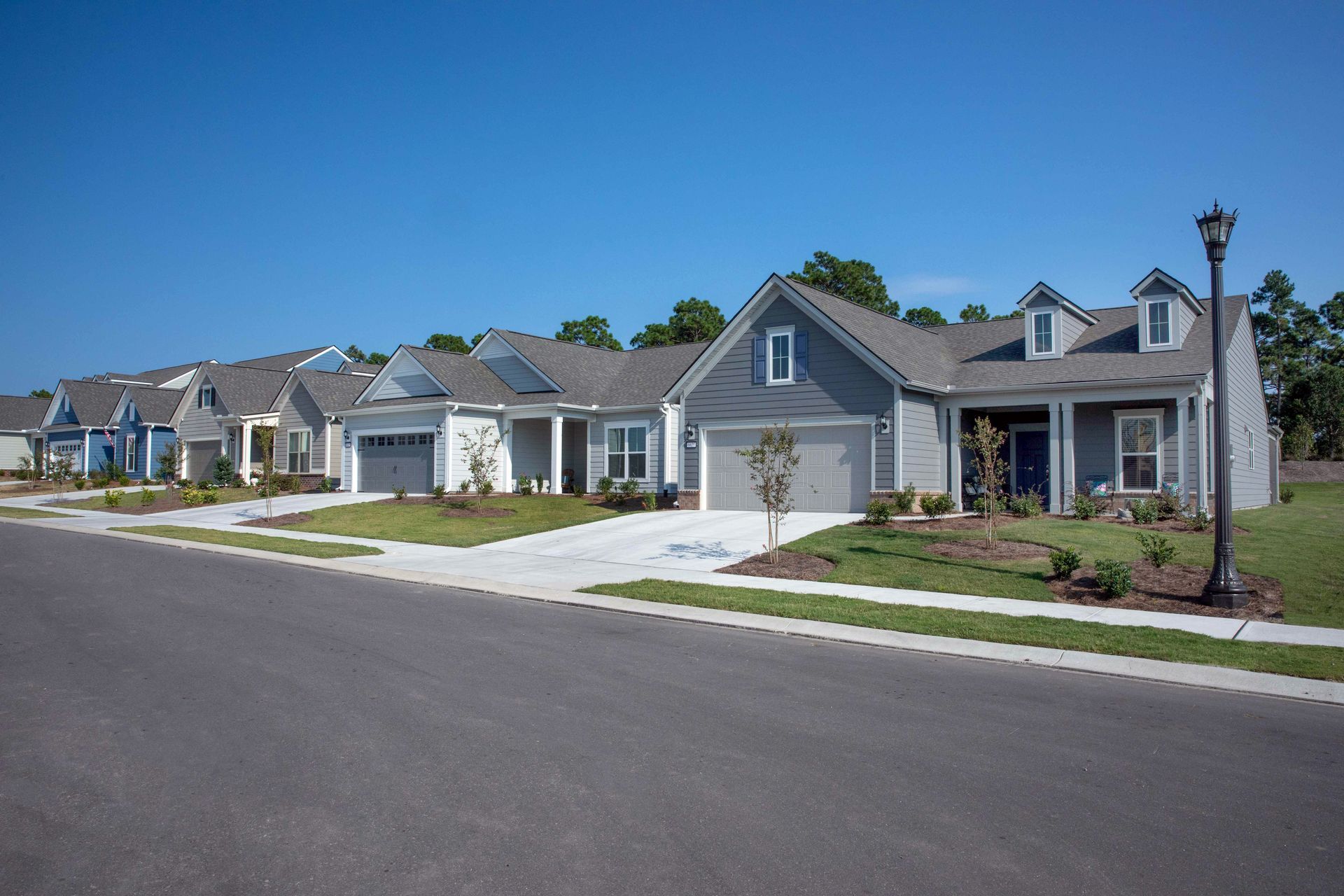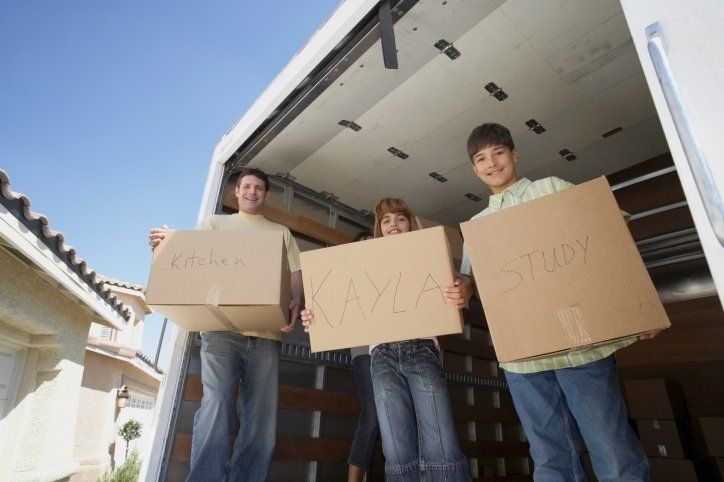Ready for Anything: Five Emergency Preparedness Tips You Can Use Now
We’re all at risk for severe weather. Whether it’s torrential rain and flooding or extreme heat and wildfires, there’s likely some form of weather-related natural disaster that your area is familiar with. To keep yourself and your family safe, it makes sense to be prepared—especially when doing so is easy. Explore five simple things you can do now to prepare for an emergency.
1. UNDERSTAND POTENTIAL DISASTERS.
Weather-related natural disasters come in all shapes and sizes, impacting your home, community, city, province, state, and region differently. The best thing you can do for your safety is understand the events you’re most at risk for. Talk to your
real estate agent or research the disaster history of your home, and reach out to local authorities to identify flood maps and risk zones. These events can hit big:
Wildfires. Wildfires can happen anytime. They’re uncontrolled fires in forests, woodlands, grasslands, or anywhere with dry, combustible vegetation to fuel the flames. Natural forces, like lightning, can start wildfires, but nearly 85% are caused
by humans.
Tornadoes. Ordinarily in the spring, summer, and fall, a tornado is a narrow, violently rotating column of air that extends from the sky to the ground. Threats from a tornado include strong winds and lightning.
Hurricanes. The Atlantic hurricane season begins June 1 and continues until November 30. Hurricanes are tropical cyclones that bring aggressive weather, such as widespread, heavy rainfall, gusty winds, and significant river and storm surge flooding.
Floods. An overflow of water onto land that’s normally dry, flooding can occur in any season, but coastal spots are prone to flooding during hurricane season, and cold regions can experience flood-causing ice jams when the weather turns warmer, usually in the spring.
2. STAY ALERT.
Know what’s coming your way by staying up to date on emergencies. Get the lowdown on the weather by regularly visiting reliable websites, listening to local radio stations, or watching news broadcasts. Additionally, you can sign up for alerts from apps like:
Red Cross Emergency. This app lets you customize 40 weather alerts with fast notifications. It also features a disaster preparation guide and shelter map.
Storm Radar: Weather Tracker. Get live National Oceanic and Atmospheric Administration (NOAA) and National Weather Service alerts right on your device, including winter storm warnings, tornado warnings, thunderstorm warnings, and more.
Ventusky. Available around the world, this app combines a weather forecast with a 3D map showing the weather beyond your location.
3. PROTECT YOUR HOME PROACTIVELY.
When a disaster strikes, your personal safety is paramount—and tending to your home at the last minute isn’t the ideal course of action. Take the time to verify your homeowner’s insurance properly covers your property for relevant disasters, and collect and
store hard-to-replace documents, like passports, IDs, marriage licenses, insurance cards, and birth certificates, in a fireproof and waterproof container.
To help protect the physical structure of your home and its contents, make a habit of unplugging appliances and electronics, like toasters, laptops, fans, lamps, air fryers, and blenders, when not in use. Maintain outdoor spaces, trim trees and bushes, remove
fire hazards, pull dry vegetation, and clear gutters, too.
4. SET A COMMUNICATION PLAN.
You’ll want to ensure every family member knows what to do amid the commotion and chaos. Create a plan for who to contact and how during a pending disaster. Here’s what you can do to prepare:
• Program emergency contact numbers for local departments in your phone.
• Double-check that your managed community has your contact information and you have theirs.
• Set a meeting point where your family can gather.
• Confirm everyone in your family has an emergency cell phone and can send messages.
• Have a list of people to contact in case of an emergency with addresses, phone numbers, and social media handles.
5. MAKE EVACUATION ARRANGEMENTS.
Common in weather emergencies, evacuation orders mean it’s time to go. If officials tell you to evacuate, you should leave immediately. Build an evacuation plan in advance so your family can get out of danger quickly with:
Your evacuation zone. Check official databases to identify your region and get information on local disaster response, including recovery centers and flood maps.
Alternative shelter plans. Ask to stay with family and friends who don’t live in your area.
Assistance for pets, elderly, or disabled individuals. Organize special plans for those who may need them.
Utilities shut-off. Know the shut-off locations for your home’s water, gas, and electricity.
Play it safe and do the things you need to do to prepare for an emergency. When it matters most, you’ll be glad you did.

Source: Coming Home Magazine
Dusty Rhodes Properties is the Best Realtor in Myrtle Beach! We do everything in our power to help you find the home of your dreams. With experience, expertise, and passion, we are the perfect partner for you in Myrtle Beach, South Carolina. We love what we do and it shows. With more than 22 years of experience in the field, we know our industry like the back of our hands. There’s no challenge too big or too small, and we dedicate our utmost energy to every project we take on. We search thousands of the active and new listings from Aynor, Carolina Forest, Conway, Garden City Beach, Longs, Loris, Murrells Inlet, Myrtle Beach, North Myrtle Beach, Pawleys Island, and Surfside Beach real estate listings to find the hottest deals just for you!
Share





